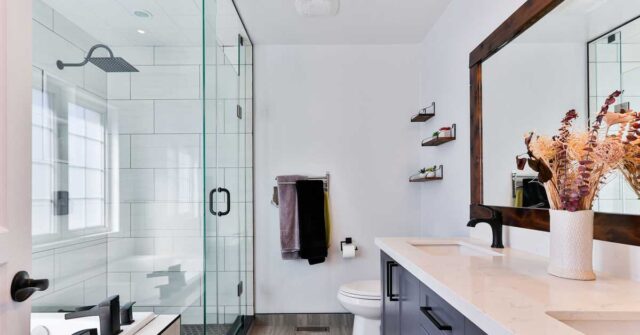Choosing the right tiles for your bathroom is no small feat. With so many options available, it can feel like finding a needle in a haystack.
But fear not! This guide will walk you through everything you need to know to make an informed choice that blends style and practicality.
Understanding the Importance of Choosing the Right Bathroom Tiles
Bathroom tiles are more than just a decorative element. They protect your walls and floors from water damage while also setting the tone for your space.
Whether you prefer a minimalist look or something bold and dramatic, your tiles will play a starring role in your bathroom design.
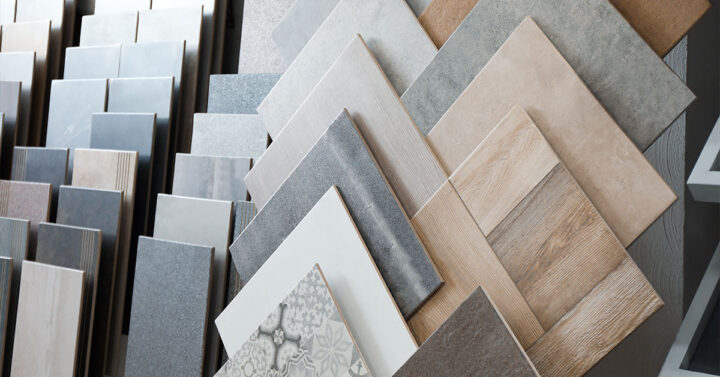
Why Tile Selection Matters for Walls and Floors
Tiles aren’t just there to look pretty. They offer vital protection against moisture and wear.
The wrong choice can lead to issues like slippery surfaces or difficult maintenance, while the right tiles can make your bathroom safe, durable, and visually stunning.
The Role of Tiles in Bathroom Design and Functionality
Tiles impact both the aesthetics and functionality of your bathroom. For instance, a matte finish offers better grip, while glossy tiles reflect light, making small bathrooms feel larger.
The right choice ensures harmony between form and function.
Types of Bathroom Tiles: Materials and Their Benefits
Not all tiles are created equal. Let’s explore the most popular materials and what they bring to the table – or rather, your bathroom walls and floors.
Ceramic Tiles: Pros and Cons
Ceramic tiles are a popular choice for their affordability and versatility. They come in a plethora of designs, but they’re less durable than porcelain, making them better suited for walls than floors.
Porcelain Tiles: Durable and Versatile
Porcelain tiles are tougher than a two-dollar steak. They’re water-resistant, hard-wearing, and perfect for both walls and floors. While they cost a bit more, they’re worth every penny for high-traffic areas.
Natural Stone Tiles: Elegance and Uniqueness
For a touch of luxury, natural stone tiles like marble or travertine are hard to beat. They exude timeless elegance but require regular sealing to maintain their beauty.
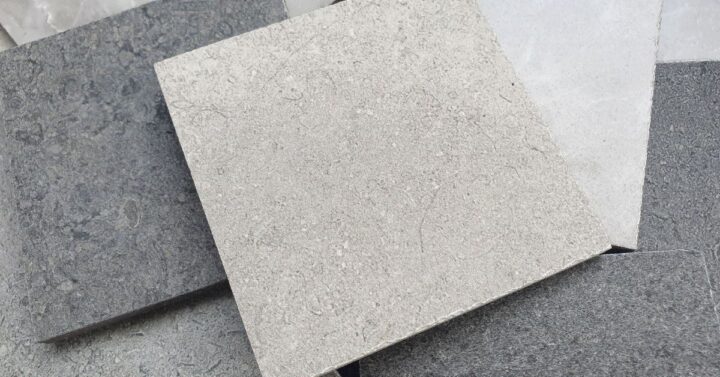
Glass Tiles: Adding a Touch of Luxury
Glass tiles bring a shimmering effect to your bathroom. Ideal for accent walls or backsplashes, they add depth and light but can be slippery underfoot.
Mosaic Tiles: Perfect for Intricate Designs
Mosaic tiles allow for creative patterns and pops of colour. They’re a fantastic choice for smaller areas like shower niches or feature walls.
Terracotta and Other Specialty Tiles
If you’re after something earthy and warm, terracotta tiles bring character and charm. Just be aware they’re more porous and may need extra care.
Key Factors to Consider When Choosing Bathroom Tiles
Before you whip out your wallet, consider these critical factors to pick tiles that check all the right boxes.
Moisture Resistance and Durability
Bathrooms are wet zones, so moisture resistance is a non-negotiable. Porcelain and ceramic tiles are great options, but make sure they’re rated for high moisture environments.
Slip Resistance: Ensuring Safety
Safety first! Look for tiles with a slip-resistant rating, especially for the floor. A matte or textured surface is usually a safer bet than polished finishes.
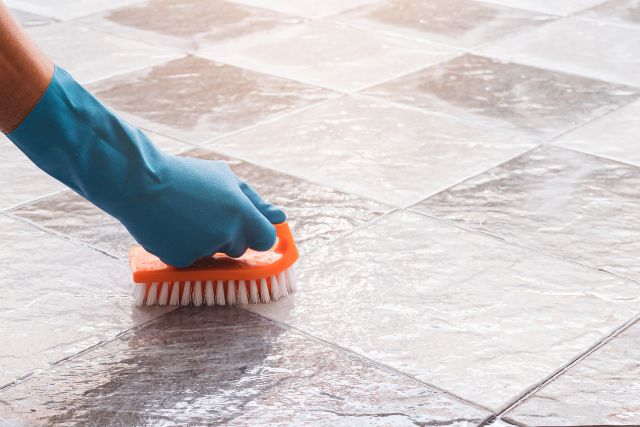
Maintenance and Cleaning Requirements
Let’s face it – nobody loves scrubbing grout. Choose tiles that are easy to clean and resistant to stains, especially in high-traffic areas.
Compatibility with Underfloor Heating Systems
If you’re installing underfloor heating, check that your tiles can handle the heat. Porcelain and ceramic are excellent choices for this purpose.
Design and Aesthetic Considerations
Your bathroom should reflect your style. Here’s how to make it look like a million bucks without spending it.
Choosing Tile Colours to Match Your Bathroom Theme
Light colours can make a small bathroom feel spacious, while darker tones add drama and sophistication. Consider your overall theme when picking colours.
Exploring Tile Shapes: From Subway to Hexagon
Shapes like hexagons, penny tiles, and classic subway tiles can transform your space. Choose shapes that complement your design style and bathroom size.
Mixing and Matching Patterns for Visual Interest
Don’t be afraid to mix patterns, but keep it balanced. For example, pair a busy floor tile with a simpler wall design to avoid visual overload.
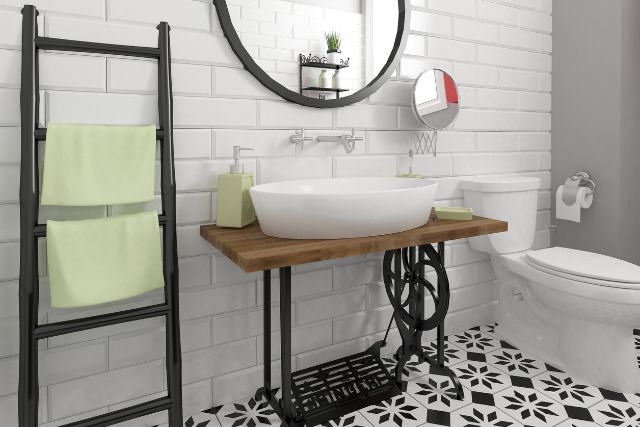
Creating a Seamless Transition Between Walls and Floors
Use matching or complementary tiles to create a cohesive look. This approach works especially well in modern, minimalist designs.
Tile Sizes and Layouts: What Works Best?
The size and layout of your tiles can dramatically affect the look and feel of your bathroom. Here’s how to get it right.
Large Tiles vs. Small Tiles: Pros and Cons
Large tiles create fewer grout lines and make spaces look bigger. Smaller tiles, on the other hand, are ideal for intricate designs or curved surfaces.
Popular Layouts: Herringbone, Basketweave, and More
Layouts like herringbone or basketweave add a touch of sophistication. Choose one that complements your tile shape and bathroom style.
How Tile Size Impacts Bathroom Space Perception
Bigger tiles can make small bathrooms feel more spacious, while smaller tiles add texture and detail. Strike a balance that suits your design goals.
Grout: The Unsung Hero of Bathroom Tiling
Grout might not be glamorous, but it’s a critical part of tiling. Let’s give it the attention it deserves.
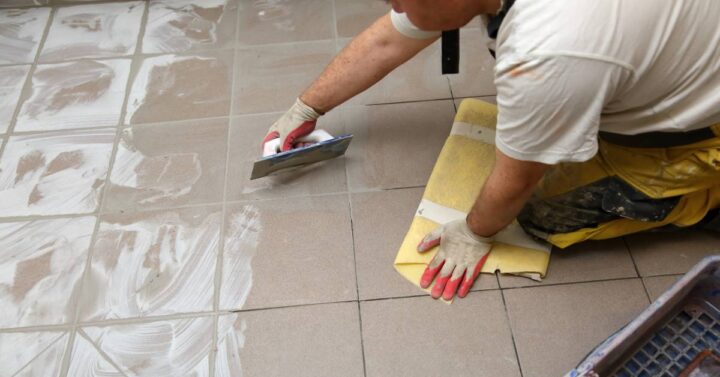
Choosing the Right Grout Color
Neutral grout blends seamlessly while contrasting colours highlight the tile design. Think about the look you want to achieve.
Maintaining Grout for Longevity
Seal your grout to keep it looking fresh and prevent mould. Regular cleaning is a must to avoid discolouration.
Innovative Grout Techniques for Modern Bathrooms
Epoxy grout is a modern option that’s more durable and stain-resistant than traditional grout. It’s worth considering for a sleek, low-maintenance finish.
Bathroom Tile Trends and Inspirations
Keep your bathroom looking up-to-date with these tile trends and ideas.
Current Tile Trends in Australian Bathrooms
From earthy tones to bold geometric patterns, Australian bathrooms are embracing a mix of nature-inspired designs and modern chic.
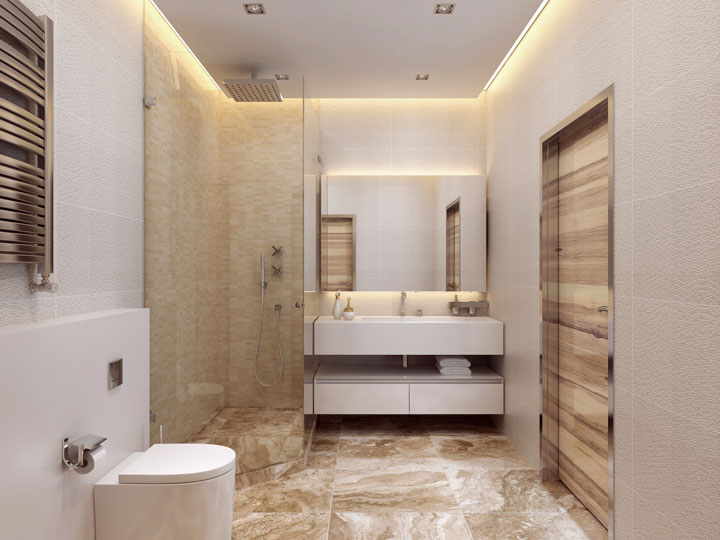
Innovative Ideas for Walls, Floors, and Showers
Consider feature walls with 3D tiles or metallic finishes for added flair. For floors, patterned tiles are making a strong comeback.
Practical Tips for Planning Your Bathroom Tile Project
A bit of planning goes a long way in ensuring your tiling project is a success. Here’s what you need to know.
Measuring Your Space Accurately
Measure twice, tile once! Accurate measurements help you avoid costly mistakes and ensure you order the right amount of material.
Budgeting for Tiles and Installation
Set a realistic budget that includes both materials and labour. Don’t forget to account for extras like grout, sealant, and underlay.
Choosing a Professional Tiler: What to Look For
Look for experienced tilers with good reviews. A professional installation can save you time and prevent future issues.
DIY Tile Installation: Pros, Cons, and Tips
While DIY can save money, it requires precision and patience. If you’re up for the challenge, start small and follow expert tutorials.
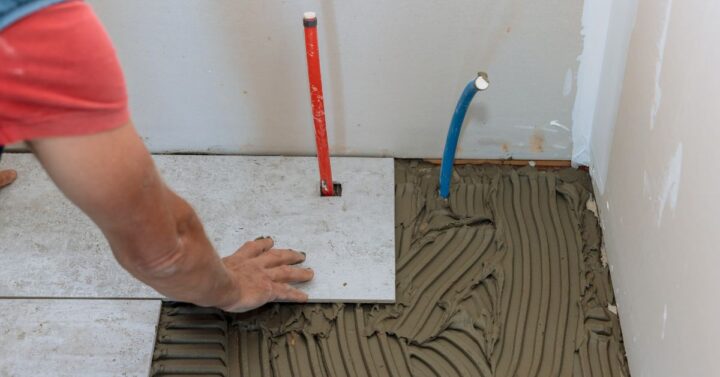
Maintenance and Care for Bathroom Tiles
Proper care keeps your tiles looking their best for years to come. Here’s how to do it right.
Daily and Weekly Cleaning Tips
Wipe down tiles after showers to prevent water spots. Use mild cleaners to maintain their shine and avoid harsh chemicals.
Long-Term Care to Prevent Wear and Tear
Inspect your tiles regularly for cracks or damage. Prompt repairs can save you bigger headaches down the line.
Dealing with Stains, Chips, and Other Issues
For stubborn stains, a mix of baking soda and water can work wonders. Replace chipped tiles promptly to maintain the integrity of your surfaces.
Conclusion: Bringing Your Dream Bathroom to Life
Your bathroom is a reflection of your style and needs. By choosing the right tiles, you can create a space that’s both beautiful and functional. Happy tiling!


